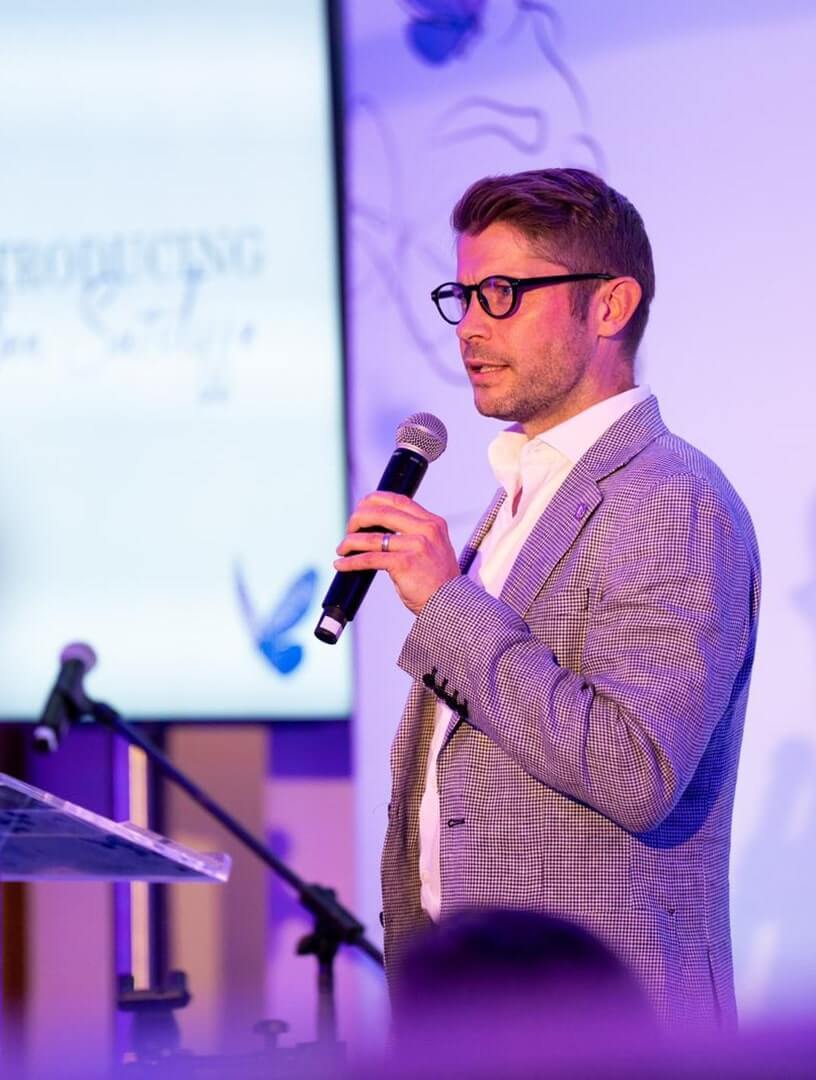This year, Learning Disability Week emphases the importance of being seen, heard and valued. Society often prejudges people who have a learning disability, concentrating on what they can’t do instead of what they can do. By actively listening, we can combat negative stigma, promote understanding and enable a more inclusive and supportive world for everyone.
What is a Learning Disability?
Learning disabilities are often confused with learning difficulties such as dyslexia, dyscalculia and dysgraphia. A learning disability doesn’t affect general intelligence.
According to the NHS, a learning disability affects how a person learns new skills throughout their lifetime, no two people are the same, learning disabilities are different for everyone.
A person might have some difficulty:
- Completing household tasks
- Socialising
- Managing money
- Understanding complicated information
- Learning some skills
- Looking after themselves
- Living alone
(NHS, 2022)
What are the different types of Learning Disabilities?
There are several different types of learning disability, which range from mild to profound, however in all cases the disability is lifelong.
People with mild learning disabilities may experience difficulties with completing paperwork and forms, requiring minimal support. Whereas people with severe or profound learning disabilities may require more care and support, such as help with mobility, personal care and with communication. (mencap, 2023)
How to communicate with children and young people with a Learning Disability?
Communication isn’t just about talking, it’s also about actively listening. Everyone can communicate but not everyone communicates in the same way. Albert Mehrabian, a researcher of body language was the first person to break down the components of face-to-face conversation.
The way people communicate is made up of:
- Body Language = 55%
- Tone of Voice = 38%
- Words = 7%
(Mehrabian, 2009)
To be a good communicator with children and young people with a learning disability you need to:
- Communicate face-to-face and one-to-one where possible.
- Use accessible language.
- Avoid using jargon or complicated words that might be hard to understand.
- Use different communication tools.
- Take your time and don’t rush your method of communication.
- Go at the place of the child/young person you are communicating with and check they have understood.
- If a child/young person wants to take you to show you something, go with them.
- Watch the child/young person’s body language and facial expressions.
Caudwell Children’s Communication Boards
Caudwell Children recognises that children and young people communicate in many different ways, especially those with speech and language needs, that’s why we have created Communication Boards. Our Communication Boards are personalised and designed so they are relevant to a particular area.
Each Communication Board contains icons that children and young people can point to, allowing them to express their feelings and where they would like to go in the area, improving inclusivity.
Communication Boards are used in:
- Schools
- Local Parks
- Community Centres
- Family Hubs
- Play Centres
For more information about our Communication Boards, please click here: https://www.caudwellchildren.com/get-involved/communication-boards/
References
Mehrabian, Albert (2009). “Silent Messages” – A Wealth of Information About Nonverbal Communication (Body Language). Personality & Emotion Tests & Software: Psychological Books & Articles of Popular Interest. Los Angeles: self-published. Archived from the original on February 23, 2021. Retrieved June 6, 2024.
mencap. (2023, November). What is a learning disability. Mencap. Retrieved June 18, 2024, from https://www.mencap.org.uk/website-accessibility
NHS. (2022, January 10). Learning Disabilities. Retrieved June 18, 2024, from https://www.nhs.uk/conditions/learning-disabilities/
)

)
)
)
)